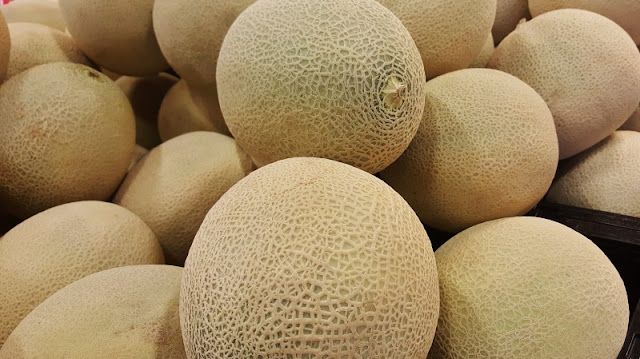Growing Cantaloupe at Home
Growing Cantaloupe at home are tastier compared to store-bought ones. The secret is a lot of sunlight, heat, and moisture. Melons require 2 to 3 months heat, which makes cultivating them in northern areas a bit hard, though not hopeless.
Making use of black ground cover to make the soil warm and using floating row covers to lock in warm air around plants help gardeners anywhere in the country grow cantaloupes. These fruits contain a lot of vitamin C as well as antioxidants.
Planting
Planting cantaloupes can be effortlessly initiated by direct seeding. Plant seeds in your garden as deep as 1/2 – 1 inch. They are usually grown in hills around 4-6 feet spaced out from each other.
These fruits can’t tolerate frost. Warm temperature is required so it is best to plant them 4 weeks after last frost day at least. Cantaloupes will mature in between 80 to 100 warm days to fully develop.
Fertilizing
You can apply slow release fertilizer once during planting period. You may fertilize it monthly after. Go easy on the nitrogen. This will not help in the growth of the fruits; it will only help promote leaf growth.
Watering
Cantaloupes require approximately 1 inch of water every week for the largest part of the growing period. But, take note that when cantaloupes are ripening, too much water will lessen the sweet flavor. When the final month of growth comes, lessen watering to 1/2. You can stop watering all in all once you begin picking.
Troubleshooting
The secret to a sweet cantaloupe is plenty of sugar, which is produced by the leaves. Basically, whatever harms the leaves also harms the fruit’s quality. Watch out for fungus diseases as these diseases quickly spread.
You can use fungicides to treat these diseases. You can ask people at a garden center in your area about the disease you’re battling with and the fungicides that are state approved.
Melon aphids, which settle in a vine quickly, can be treated using insecticidal soap. Cucumber beetles that are spotted and striped can strike vines. They carry bacterial wilt disease that makes vines disintegrate. Vines infected with the diseases never get well.
Adult beetles can be dealt with by using rotenone or an insecticide that’s pyrethrum-based. You can apply it at sundown so you won’t bring any harm to the honey bees.
Harvesting
The growing cantaloupe is ripe when its stem separates from the ripened fruit easily. It is best to pick the fruits a few days before since ripe fruits pull everything towards them – from pillbugs to birds. You can allow the fruits ripen in a cool indoor spot.




Comments
Post a Comment